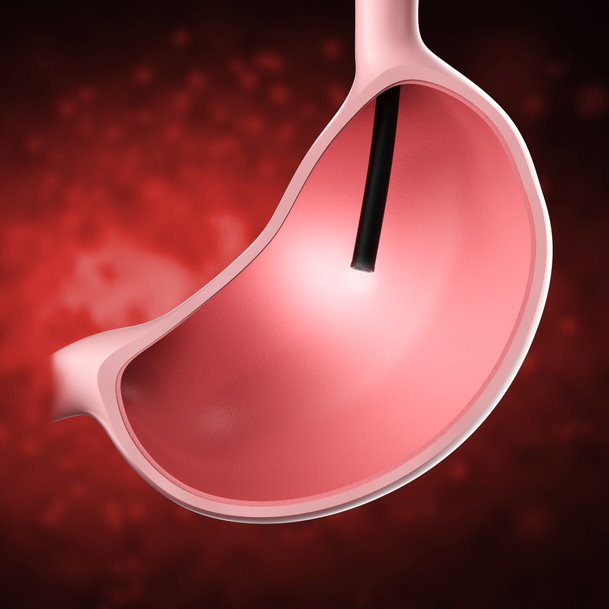Endoscopic ultrasound (EUS) is a specialized endoscopy procedure, where a flexible endoscope with an inbuilt small ultrasound device, is passed inside through the mouth into the upper part of the gastrointestinal tract (GIT). Unlike conventional endoscopy that sees only the superficial or innermost lining (mucosal surface) of the GIT, EUS offers unique additional advantage of precise and deeper visualization of surrounding peri-luminal organs and structures and also layers of the wall of GIT e.g. pancreas, bile duct, gallbladder, adrenal, and structures located deeper parts of chest (mediastinum) and abdomen.
EUS is generally an outpatient procedure done performed after 6 to 8 hours of fasting. EUS is a very safe procedure done under sedation that is monitored by an anaesthetist. The average ‘diagnostic EUS’ lasts about 20-30 minutes, and the patient can go home after 2-4 hours of observation. The ‘interventional EUS’ may require between 30-60 minutes to complete and is majorly performed as an inpatient procedure.
The main indications for ‘diagnostic EUS’ are:
- Evaluation of various pancreas disorders – acute pancreatitis, chronic pancreatitis, pancreatic cyst, and pancreatic cancer.
- Bile duct disease – common bile duct stones & cancer, not confirmed by other methods.
- GIT sub-epithelial abnormalities e.g. polyp, leiomyoma, lipoma, GIST.
- Accurate cancer staging of oesophagus, stomach, pancreas, bile duct, ampulla.
- Mediastinal disease e.g. Lymph nodes, Lung cancer.
- Obtaining biopsy or cancer cells for diagnosing suspected tumours by EUS guided FNA.
The main indications for ‘interventional EUS’ are:
- Drainage internally of pancreatic fluid collections (pseudocyst, or walled off pancreatic necrosis) using plastic or metallic stent.
- Biliary drainage internally.
- Celiac plexus Neurolysis for abdominal pain relief in patients with advanced pancreatic cancers.
- Tumour ablations, especially in the pancreas.
- Precise placement of gold markers in pancreatic tumours for accurate Image Guided Radiotherapy (IGRT).
- Accurate placement of glue or coils into uncontrolled internal bleeding from ruptured veins (varices).
EUS is a non-radiation investigation that can be used for monitoring diseases e.g. pancreatic cyst, sub-epithelial GIT lesions, and also regression of benign tumours after the intervention.







